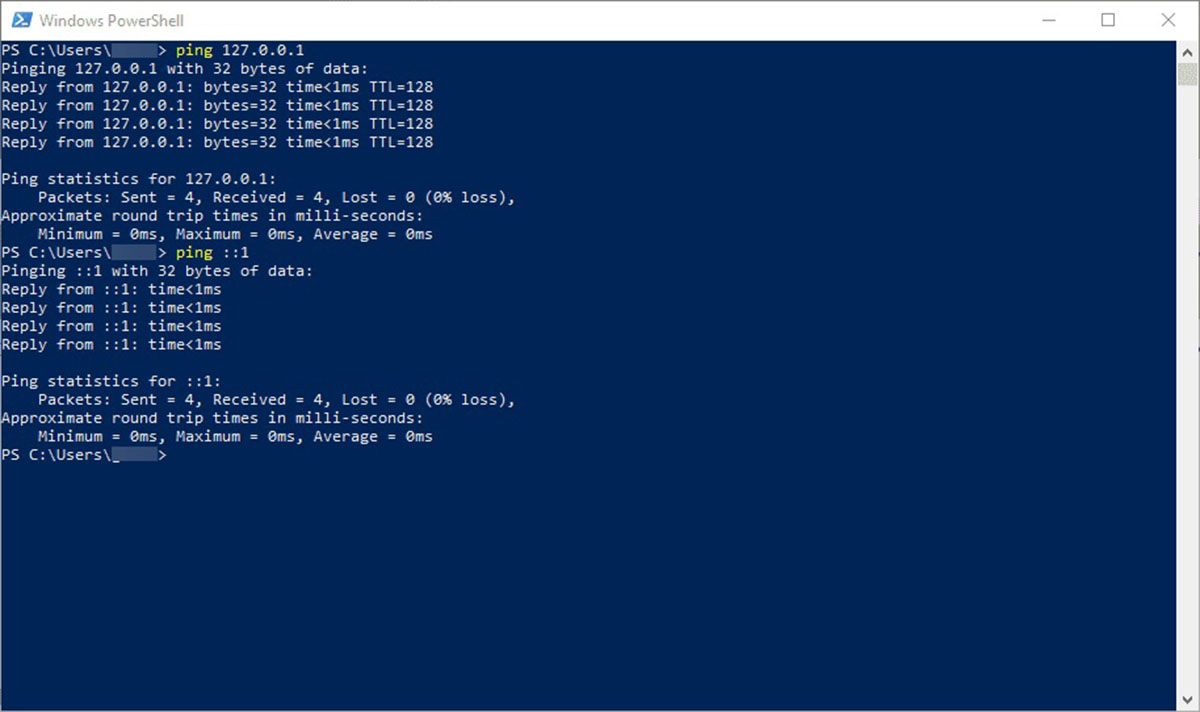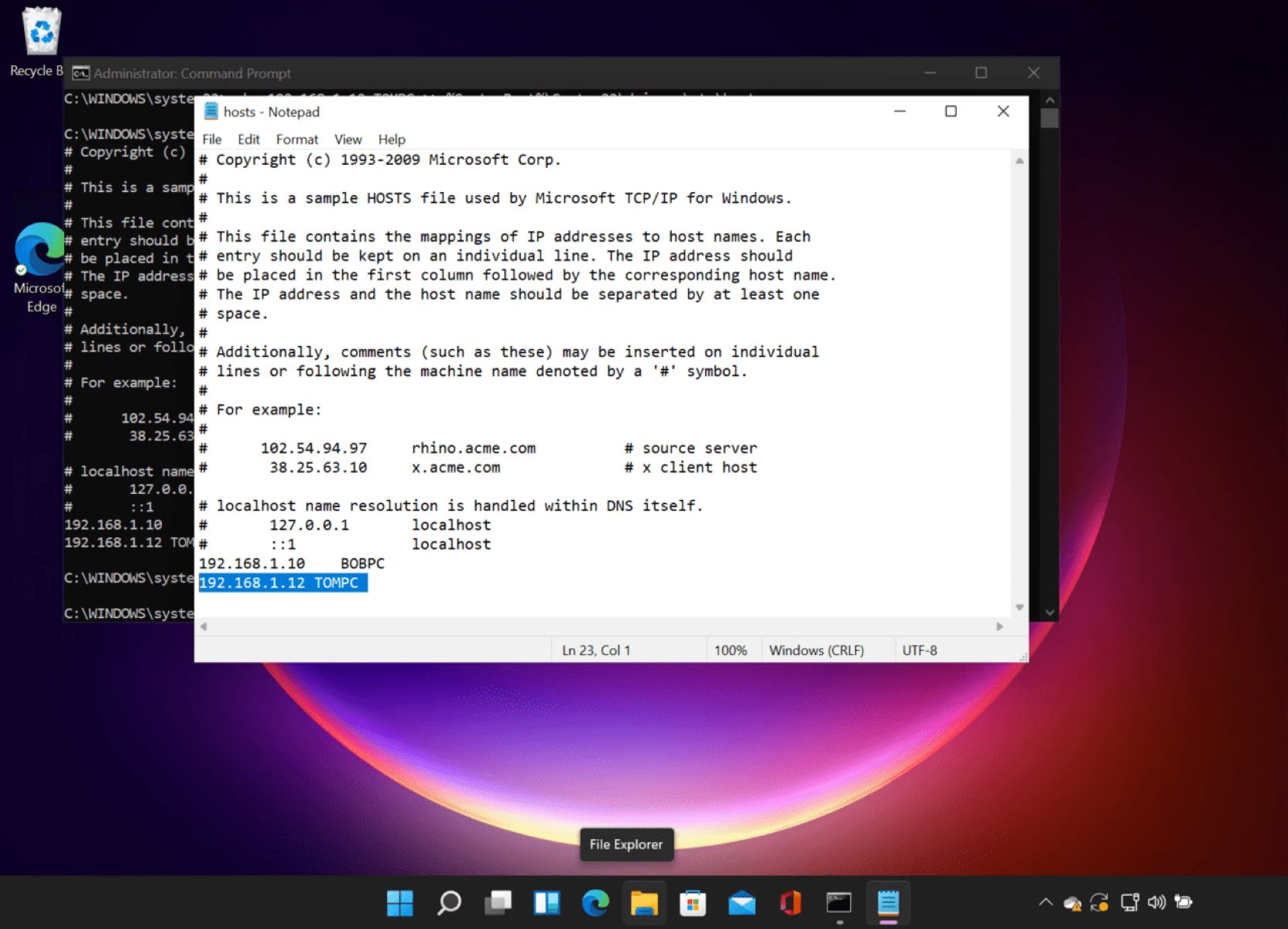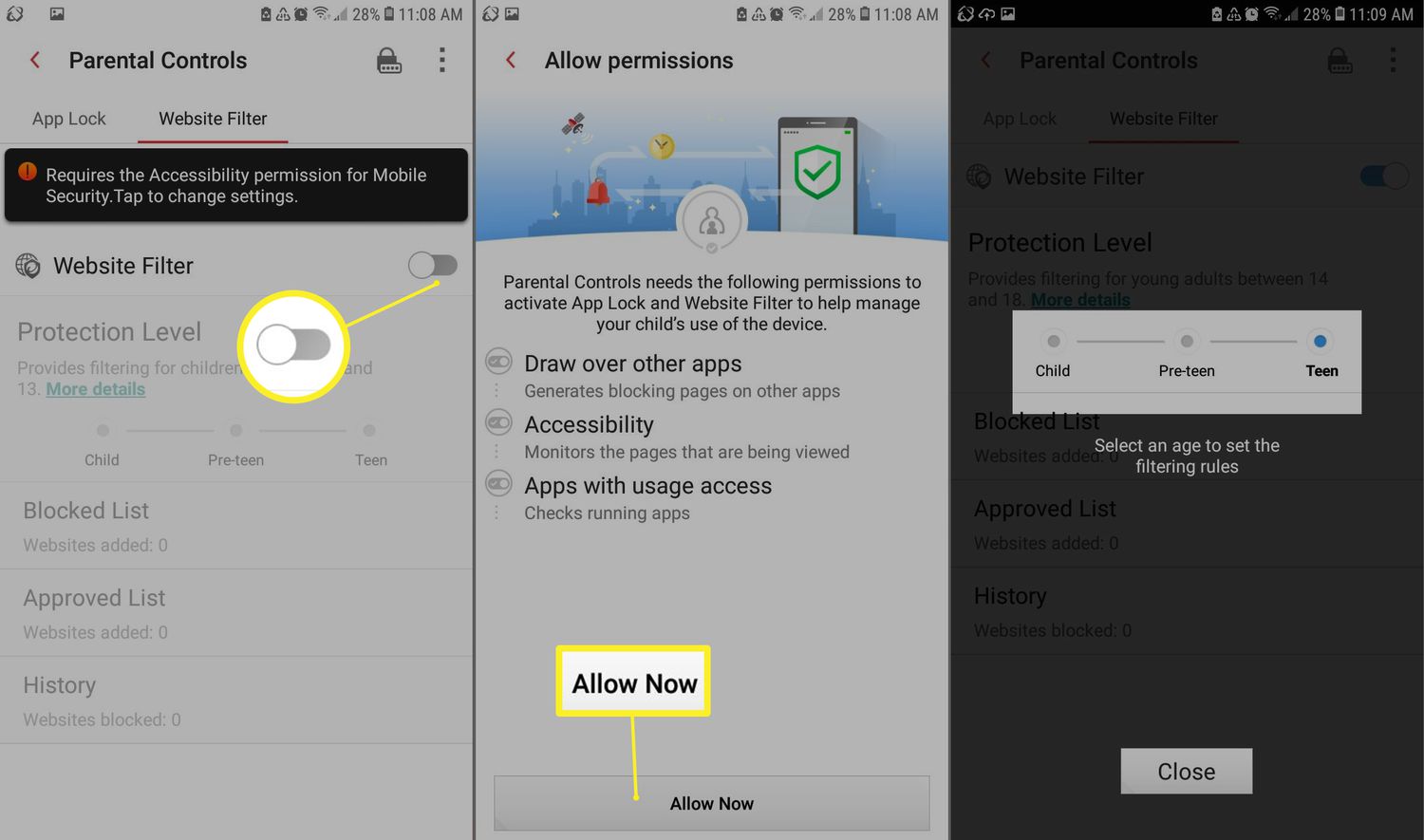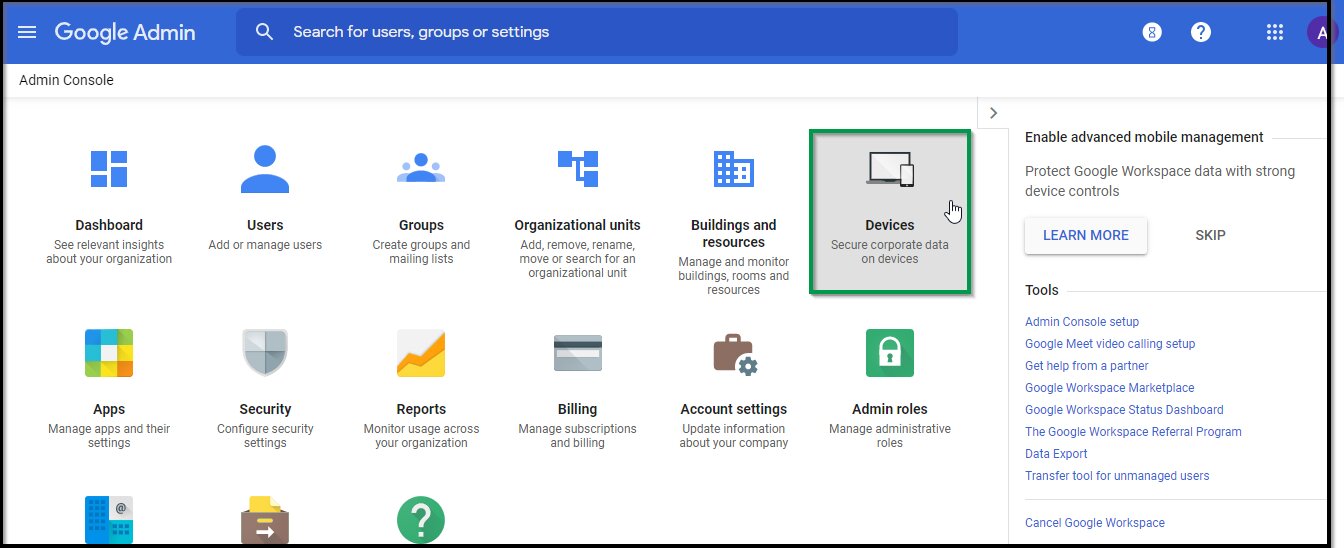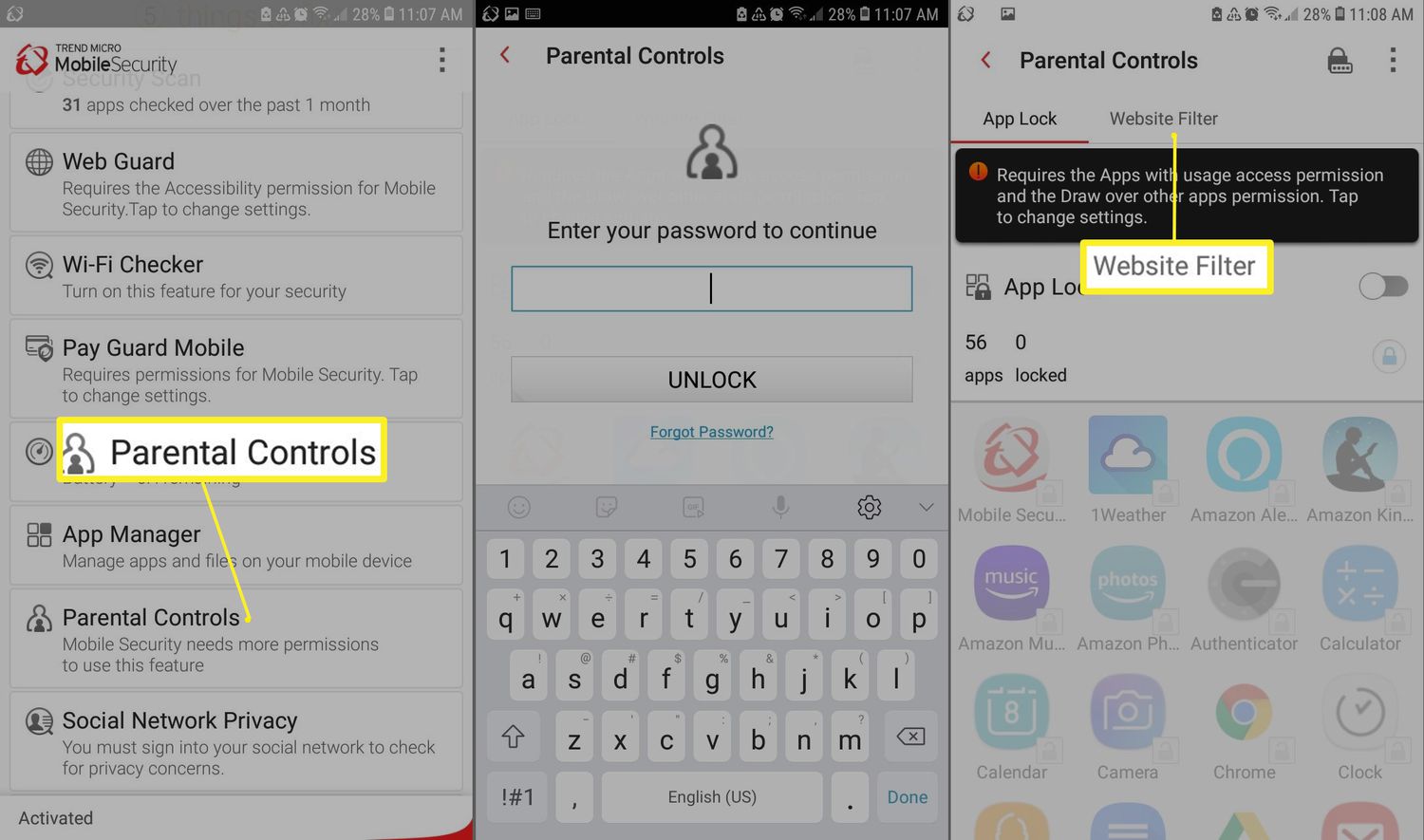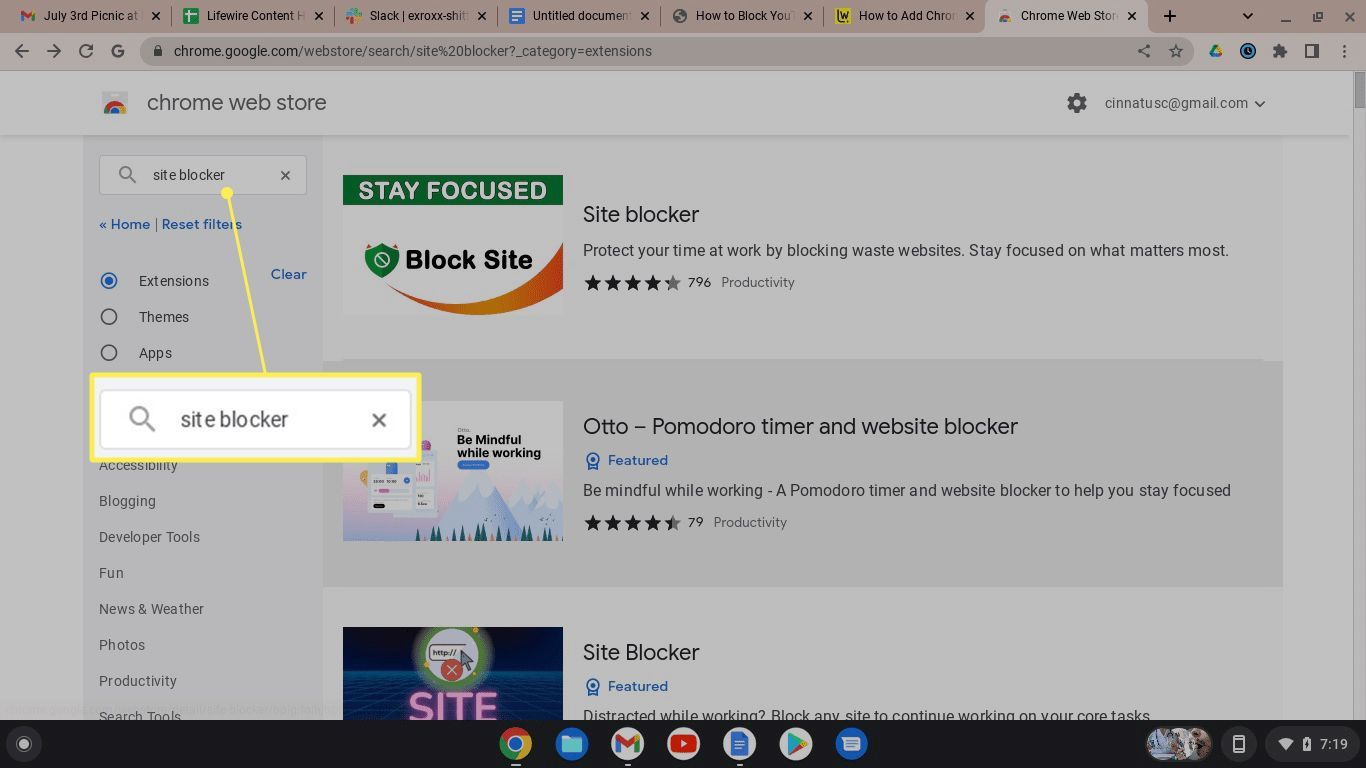Introduction
Welcome to the world of IP addresses! In today’s digital age, where connectivity is paramount, understanding the fundamental concepts related to networking is essential. One such concept is the IP address. If you’ve ever delved into the world of networks, you’ve likely come across the mysterious string of numbers known as an IP address.
In this article, we will take a closer look at a specific IP address: 127.0.0.1. This unique address is commonly known as the “loopback address” and has a significant role in networking and troubleshooting.
But, before we dive into the details of 127.0.0.1, let’s start with a brief overview of IP addresses in general.
An IP address, or Internet Protocol address, is a numerical label assigned to each device, such as a computer or smartphone, connected to a network. It serves as a unique identifier that enables devices to communicate with each other over a network, whether it’s a local home network or the vast expanse of the internet.
IP addresses come in different formats, but the most common one is the IPv4 format, which consists of four sets of numbers separated by periods. Each set can range from 0 to 255. For example, 192.168.0.1 is a typical IPv4 address. IPv6, the newer format, uses a different numbering system and allows for a significantly larger number of addresses.
Now, with a basic understanding of IP addresses, let’s explore the purpose and significance of 127.0.0.1, a specific IP address that holds a crucial role in networking.
What is an IP Address?
An IP address, or Internet Protocol address, is a unique numerical identifier assigned to each device that connects to a network. It serves as the device’s virtual address, allowing it to communicate and transfer data with other devices over the internet or a local network.
Think of an IP address as a phone number for your device on the network. Just like how you need a phone number to make a call or send a message, devices use IP addresses to send and receive data packets across the network.
IP addresses are divided into two types: IPv4 (Internet Protocol version 4) and IPv6 (Internet Protocol version 6). IPv4 addresses are the most common and used format, consisting of a series of numbers separated by periods. IPv6 addresses, on the other hand, are a newer format and use a different numbering system that allows for a significantly larger number of addresses.
IPv4 addresses are made up of 32 bits, which are divided into four groups of eight bits each. Each group is represented by a number ranging from 0 to 255. For example, an IPv4 address could look like this: 192.168.0.1.
IPv6 addresses, in contrast, are made up of 128 bits and are represented using a hexadecimal numbering system. An example of an IPv6 address is: 2001:0db8:85a3:0000:0000:8a2e:0370:7334.
IP addresses play a crucial role in establishing connections between devices. When you enter a web address in your browser, your device utilizes the Domain Name System (DNS) to convert the address into an IP address. This enables your device to send a request to the correct server and retrieve the desired web page.
Understanding IP addresses is vital in troubleshooting network issues, configuring network devices, and controlling access to resources. Additionally, IP addresses are used in various applications, such as geolocation services, which use IP addresses to identify the approximate location of a device.
Now that you have a basic understanding of IP addresses, let’s explore a specific IP address: 127.0.0.1, also known as the loopback address.
IP Address Formats
IP addresses come in different formats, with the most common one being the IPv4 format. IPv4 addresses consist of four sets of numbers separated by periods, each ranging from 0 to 255. This format allows for a total of approximately 4.3 billion unique addresses.
For example, an IPv4 address could look like this: 192.168.0.1. The first set of numbers, 192, represents the network or subnetwork, while the last set, 1, represents a specific device within that network or subnetwork. The other two sets of numbers, 168 and 0, are intermediary representations.
IPv6, the newer format, was introduced to address the imminent shortage of available IPv4 addresses. IPv6 addresses use a different numbering system, consisting of eight sets of four hexadecimal digits separated by colons. Each set represents 16 bits, and the total length of an IPv6 address is 128 bits.
For example, an IPv6 address could look like this: 2001:0db8:85a3:0000:0000:8a2e:0370:7334. The hexadecimal digits in each set can range from 0 to 9 and A to F, allowing for a significantly larger number of unique addresses than IPv4.
IPv6 addresses also allow for abbreviation by compressing consecutive sets of zeros. For example, the IPv6 address 2001:0db8:0000:0000:0000:0000:0370:7334 can be written as 2001:0db8::0370:7334. This shorthand notation improves readability while maintaining the unique identification of the address.
Both IPv4 and IPv6 addresses have their respective uses. While IPv4 is still widely used, the transition to IPv6 is gradually taking place to accommodate the growing number of devices connected to the internet.
It’s worth noting that IP addresses are not just for devices connected to the internet. Local networks, such as home networks, also utilize IP addresses to allow devices to communicate with each other. These addresses, known as private IP addresses, are reserved for internal use and are not exposed to the internet.
Understanding the different IP address formats is essential for network administrators, developers, and anyone working with networking technologies. With this knowledge, you can better configure and manage network devices, troubleshoot connectivity issues, and ensure efficient communication between devices.
Now that we’ve covered IP address formats, let’s delve into the purpose and significance of the IP address 127.0.0.1, also known as the loopback address.
What is 127.0.0.1?
Among the many IP addresses that exist, 127.0.0.1 holds a special place. It is known as the loopback address, and it serves a unique purpose in networking.
The loopback address is a reserved IP address that represents the device itself, allowing it to communicate with itself. When a device sends data to the loopback address, it is essentially sending the data to itself. In other words, any data packets sent to 127.0.0.1 are not transmitted over the network; they stay within the device’s own network stack.
The loopback address is often associated with the hostname “localhost,” which is a standard hostname used to access the loopback address. So, when you type “localhost” into your web browser, it is the same as typing in 127.0.0.1.
Why is the loopback address important? It is used for various purposes, such as testing and troubleshooting network applications and services. Developers frequently use it to test locally hosted websites or web applications before deploying them to a production environment. It allows them to simulate a live server environment on their local machines.
Additionally, the loopback address is commonly utilized for network diagnostics. When troubleshooting network issues, network administrators may use tools that send network packets to 127.0.0.1 to test if the network stack is functioning correctly. If the packets successfully reach the loopback address and return, it indicates that the device’s network stack is operational.
Moreover, the loopback address can be used to isolate network-related problems. By redirecting a specific service or application to the loopback address, administrators can determine if the issue lies within the device itself or with external connections and network configurations.
It’s important to note that while the loopback address is useful for testing and diagnostics, it is not accessible by devices outside of the local network. This restriction ensures that the loopback address is reserved solely for internal device communication.
With its ability to allow devices to communicate with themselves, the loopback address plays an essential role in network testing, troubleshooting, and diagnostics. It provides a convenient and efficient method for developers and network administrators to ensure the smooth functioning of network services and applications.
Now that we understand the purpose of the loopback address, let’s explore some practical examples of how 127.0.0.1 is used in various scenarios.
Loopback Addresses
The loopback address, represented by the IP address 127.0.0.1, is a special IP address reserved for internal device communication. It belongs to a range of IP addresses known as loopback addresses, which are all dedicated to the purpose of self-communication within a device.
In addition to 127.0.0.1, the loopback address range includes the following IP addresses: 127.0.0.2, 127.0.0.3, and so on, up to 127.255.255.254. Each of these addresses represents a different loopback interface on the device.
Loopback addresses are not exclusive to a specific device or operating system; they exist in every device that supports network communication. This includes computers, servers, routers, and even smartphones.
When a device sends data to a loopback address, it processes the data internally without transmitting it over any physical network interface. This enables a device to test various network services without the need for external network connectivity.
Loopback addresses are primarily used for local testing and emulation. Here are a few scenarios where loopback addresses are commonly utilized:
- Local Server Testing: When developing a web application or website, developers often set up a local server on their machine. By configuring the server to listen on the loopback address (127.0.0.1), they can test the application locally before deploying it to a live server. This allows developers to identify and address any issues without affecting the production environment.
- Network Application Testing: Network administrators and developers use loopback addresses to assess the functionality and performance of various network applications and services. By sending network traffic to 127.0.0.1, they can simulate real-life scenarios without the need for external network connections. This facilitates comprehensive testing and troubleshooting of network-related issues.
- Diagnostic Tools: Many diagnostic tools and utilities rely on loopback addresses to test the viability of network connections and configurations. These tools send packets of data to 127.0.0.1 and analyze the responses to identify any network issues. Network administrators can use loopback addresses for network troubleshooting, ensuring that the device’s network stack is functioning correctly.
Loopback addresses are a valuable tool in networking and software development. They provide a convenient and efficient way to test network services, troubleshoot connectivity issues, and diagnose network-related problems without the need for external resources or impacting live environments.
Now that we understand the concept of loopback addresses, let’s explore the specific purposes and examples of using the loopback address 127.0.0.1.
The Purpose of 127.0.0.1
The IP address 127.0.0.1, also known as the loopback address, serves a vital purpose in networking. It is specifically allocated for a device to communicate with itself without involving the physical network. The loopback address enables various functionalities and is extensively used in several scenarios.
One of the primary purposes of 127.0.0.1 is local testing and development. Developers often set up local servers on their machines to build and test applications or websites before deploying them to a live production server. By assigning the loopback address to the local server, developers can access and interact with the application without the need for internet connectivity. This allows them to ensure that the application functions correctly and address any issues before releasing it to the public.
The loopback address also plays a significant role in network diagnostics. When troubleshooting network issues, network administrators can use tools that send packets of data to 127.0.0.1 to test the functionality of the network stack on the device. If the packets successfully reach the loopback address and return, it indicates that the device’s network stack is working correctly. This helps in isolating network-related problems and determining whether the issue lies within the device or is due to external factors.
Another vital purpose of the loopback address is the emulation of network services. Oftentimes, developers need to interact with specific network services, such as a database server or email server, during application development. By configuring these services on the loopback address, developers can test the functionality of their applications without relying on external resources. This ensures that the application is compatible with the intended services and helps with identifying any potential issues beforehand.
Furthermore, the loopback address provides a convenient means to access resources on the local machine, such as shared files or printers. By setting up the respective services to utilize the loopback address, users can access these resources without the need for an active internet connection or the involvement of external networks.
It is important to note that the loopback address is reserved solely for internal device communication and is not accessible from external networks. This ensures that the loopback functionality remains isolated and secure within the device itself.
Overall, the IP address 127.0.0.1 serves an essential purpose by allowing a device to communicate with itself and emulate network services. It facilitates local testing, network diagnostics, and the convenient access of local resources. The loopback address is a powerful tool for developers, network administrators, and users alike.
Now, let’s explore some practical examples of using 127.0.0.1 to enhance our understanding of its functionality.
Examples of Using 127.0.0.1
The loopback address, 127.0.0.1, has various practical applications in networking and software development. Let’s explore some examples of how it is utilized:
- Local Server Testing: When developing a website or web application, developers often set up a local server on their machine. By configuring the server to listen on the loopback address, developers can access and test the application locally without the need for an internet connection or exposing it to external networks. This enables them to ensure that the application functions correctly before deploying it to a live server.
- Network Service Emulation: The loopback address allows for the emulation of network services. For example, a developer working on an application that interacts with a database can set up a local database server using the loopback address. This enables them to test the application’s functionality without the need for an actual remote database server. Similarly, email servers, FTP servers, and other network services can be emulated using the loopback address for testing and development purposes.
- Network Diagnostic Tools: Network administrators frequently use diagnostic tools that send network packets to 127.0.0.1 to test the functionality of the network stack on a device. This helps identify and troubleshoot network issues without the complications of external network connections. By analyzing the responses from the loopback address, administrators can gain insights into the device’s network performance and pinpoint any potential problems that may affect overall network connectivity.
- Local Resource Access: The loopback address enables convenient access to local resources on a device. For example, by configuring file sharing services to utilize the loopback address, users can access shared files and folders on their own machine without requiring an internet connection or external network involvement. Similarly, printers can be set up to connect via the loopback address, allowing users to print documents from their device without the need for an active network connection.
- Software Testing and Isolation: By isolating specific software or applications on the loopback address, developers and testers can ensure that the software functions correctly in its own controlled environment. This helps evaluate software behavior and performance without interference from external factors, such as network connectivity or conflicting software configurations. Additionally, it provides a secure and controlled environment for software testing and validation.
These are just a few examples of how the loopback address, 127.0.0.1, is used in practical scenarios. Its versatility and functionality make it an invaluable tool in networking, software development, and network troubleshooting. The ability to simulate network services, access local resources, and test applications in a controlled environment enhances efficiency and improves overall system reliability.
Now that we’ve explored various examples of utilizing the loopback address, let’s move on to troubleshooting and the role of 127.0.0.1 in network problem identification and resolution.
Troubleshooting with 127.0.0.1
The loopback address, 127.0.0.1, serves as a valuable tool in network troubleshooting. It allows network administrators and developers to diagnose and resolve various network-related issues efficiently. Let’s explore how the loopback address is utilized in troubleshooting:
- Testing Network Stack: Network administrators often use the loopback address to test the functionality of the network stack on a device. By sending data packets to 127.0.0.1, they can verify if the device’s network stack is functioning correctly. If the packets successfully reach the loopback address and return, it indicates that the network stack is operating as expected. This helps to identify and isolate potential networking problems within the device itself.
- Testing Network Services: When troubleshooting network services, the loopback address can be used to verify if the service is running and responding correctly. By configuring the service to listen on 127.0.0.1, administrators can send requests to the loopback address and analyze the responses. This helps determine if the network service is functioning as intended and if any configuration or connectivity issues are hindering its operation.
- Isolating Network Problems: By redirecting a specific application or service to the loopback address, administrators can determine whether network-related issues are occurring internally or due to external factors. If the application or service functions correctly when utilizing the loopback address, it suggests that the problem lies outside the device itself, such as firewall configurations, network connectivity issues, or server misconfigurations.
- Testing Connectivity: The loopback address can be used to verify the connectivity of network adapters and network protocols. Network administrators can send ping requests to 127.0.0.1 and analyze the responses. This helps identify if the network protocols and adapters are operational and if any connectivity issues exist within the device.
- Debugging Network Applications: Developers use the loopback address during the debugging process of network applications. By redirecting the application’s communication to 127.0.0.1, developers can analyze the application’s behavior and identify any issues without involving external networks. This ensures that the application is tested and fine-tuned in a controlled environment, leading to more efficient troubleshooting and bug identification.
The loopback address, 127.0.0.1, is an invaluable asset for network troubleshooting. It enables administrators and developers to isolate network issues, test network services, verify connectivity, and debug network applications without relying on external resources or impacting live environments. The convenience and efficiency provided by the loopback address greatly contribute to maintaining and improving network performance and reliability.
Now that we’ve explored the role of 127.0.0.1 in network troubleshooting, let’s wrap up our discussion.
Conclusion
The IP address 127.0.0.1, also known as the loopback address, is a powerful tool in networking and software development. It serves as a means for a device to communicate with itself, enabling local testing, troubleshooting, and network diagnostics.
We explored the concept of IP addresses and their formats, understanding that IP addresses serve as unique identifiers for devices on a network. The loopback address, 127.0.0.1, represents the device itself and plays a crucial role in various scenarios.
By assigning the loopback address to local servers, developers can test web applications and websites without the need for an internet connection. Network administrators can utilize the loopback address to conduct network diagnostics and troubleshoot connectivity issues within the device itself.
Additionally, the loopback address allows for the emulation of network services, providing a controlled environment for testing and development. Its convenience extends to accessing local resources and isolating network-related problems, ensuring efficient system performance.
In summary, the IP address 127.0.0.1 serves as a versatile tool for network professionals, developers, and users alike. It facilitates local testing, network diagnostics, and enhances troubleshooting capabilities. Understanding the purpose and functionality of the loopback address empowers individuals to maximize the efficiency and reliability of their network environments.
So, the next time you come across the IP address 127.0.0.1, remember that it represents a direct line of communication between a device and itself—a valuable asset in the world of networking.







